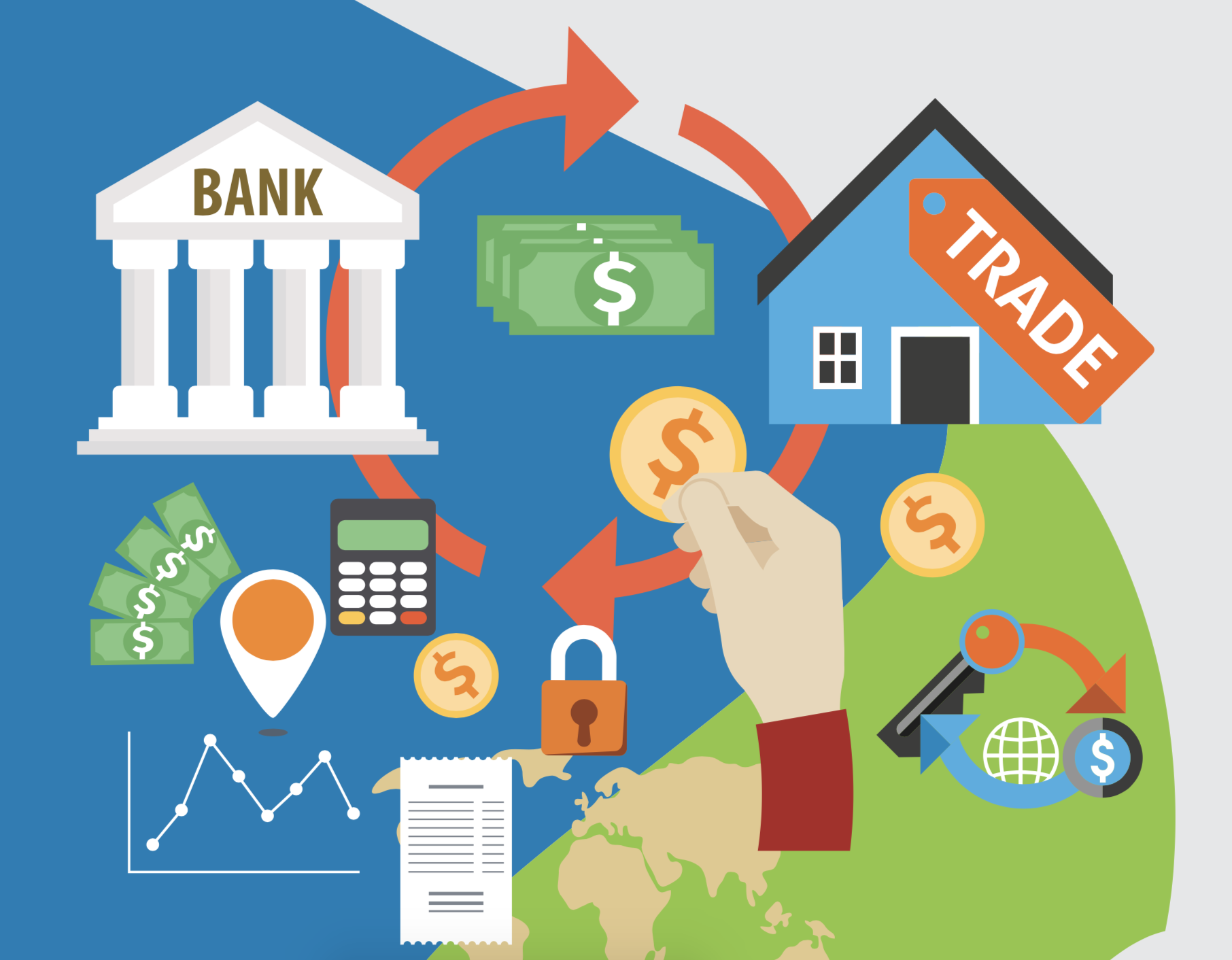
How banks earn profits?
Banks make money for almost all the services they provide. Let’s say, a basic savings or checking account. Money is charged for DD, checkbook, ATM fees, SMS alerts, etc. You must maintain a minimum balance of, say, 10k. that will grant you only 4% interest, but the bank will earn more by granting loans, etc.
Many people have large balances, a better HOME relationship for banks. The main private banks have a house ratio of 42–43%. Many banks sell mutual funds and insurance to third parties that increase their income.
How do banks make money?
The first is what is known as the Net Interest Margin. This is the difference between what it cost them to get their deposits (percentage paid to customers) and what they can lend to customers (average percentage charged for loans).
The second is in various fees charged in the different divisions of the bank, p. loan commissions, investment commissions, NSF charges, overdraft fees, etc. They also earn money on investments and numerous other services provided. However, if you look at the income statement of any bank, the net interest margin is the main driver of earnings. This is the reason why banks fight for business and savings from their checking account. The interest paid for these types of accounts is nominal.
Sources Of Banks for earning profit
- As in, get a profit?
Without complicating everything … they ask for long loans and short loans, pocketing the difference, which is the value of money over time. Yes, sometimes they ask for short loans to rebalance their regulated accounts, and occasionally they lend a lot of time when there is a guaranteed margin; In general, these are inconsequential. In essence, they are a runner at risk.
All brokers earn their money from fees. A stockbroker (investment banker), as well as his client, makes money because he buys low and sells high, but the broker pays a fee at each end, hence his real income is derived. A real estate broker or an insurance broker makes a percentage of the sale without having the outlay. A banker does the same, but takes temporary custody of someone’s money, reserves a portion, lends the rest and performs two types of fees, the interest on loans and a dozen fees to manage financial transactions with growing services.
- As in, create increases in the money supply?
Essentially, banks provide a much-needed service, that of increasing the money supply at the exact rate of growth that ensures sufficient corporate liquidity to promote growth. They do this by reserving the legal requirement, say 20%, and lending 80%. When the new loan, created by a promise of payment, usually capitalized by a pledge of an asset of greater value, is deposited in a bank account, it is added to the money supply (and, after the reservation, more amounts loanable for the Bank). Then, banks “create money” by granting more loans than the amount of loans that are being paid, that is, by increasing their loan portfolio.
Banks create money through the loan process. only keep a percentage of their deposits in federal accounts as reserves and allow them to lend. the remaining. When they lend this money, it is re-deposited in another bank and the process continues. It is through this process that money is created.



